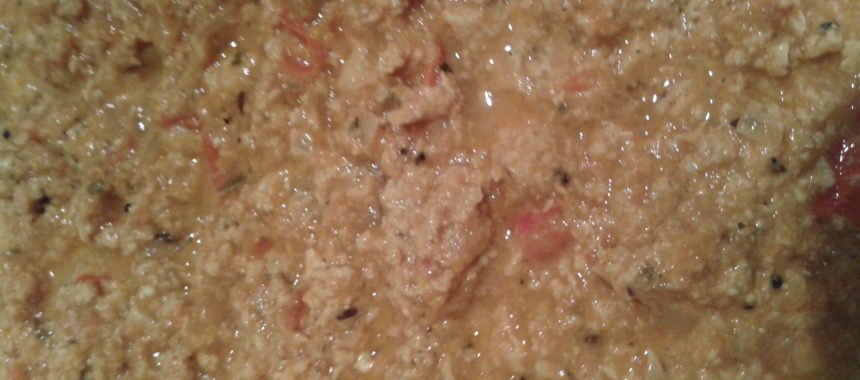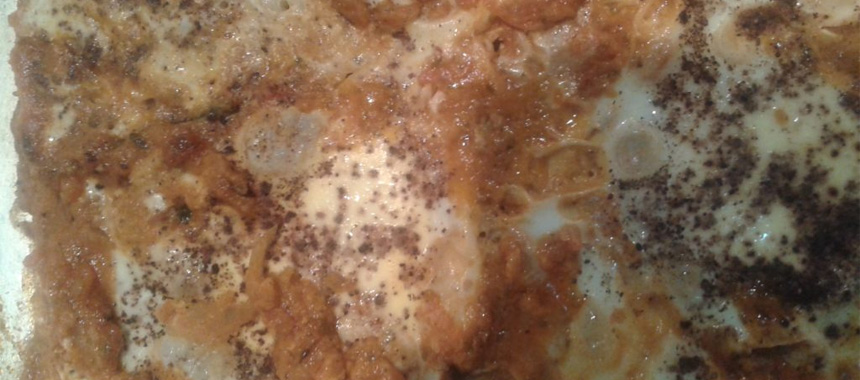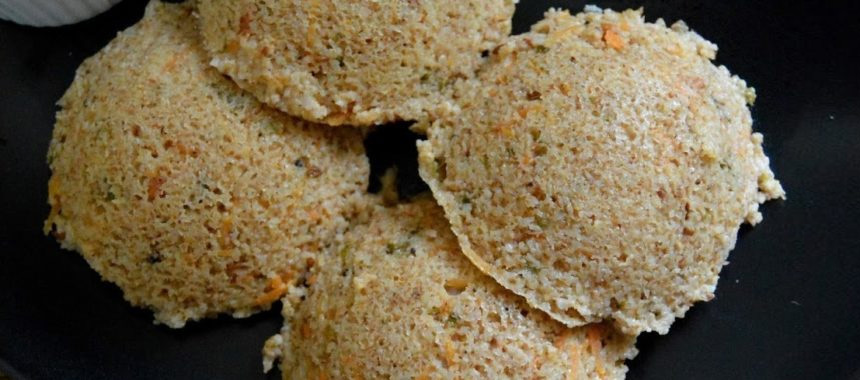Diabetes is not a disease; rather it is a defect of organ in the body that affects more intellectuals and productive strata of society. Diabetes mellitus comes slowly without warning and is a progressive disorder, if not treated properly. The main cause is intake of high calorific diet. Regular diet control and exercise can keep the sugar level in normal.
It is condition due to a deficient secretion of insulin by endocrine gland-pancreatic islet cells within the pancreas. It is an endocrine carbohydrate metabolic disorder. These may affect the utilization of sugar and starchy foods. It leads to increase of sugar in blood. The accumulation of sugar in the blood beyond the level, that the kidney can retain which leads to posing sugar in urine. It is called as “Glycosuria”. During such condition post prandial sugar of blood will be above 140 mg/100 ml.
A strong per-disposing factor in middle aged diabetes is obesity. The secretion of insulin in an obese diabetic person is about normal, but with the increase in weight the same amount of insulin is not sufficient to meet the increased demand. Insulin is necessary to convert glucose into glycogen and excess of glucose is stored as fat. So that, the body cells are fully laden with fat which is converted from excess of carbohydrate. There is no space in fat-laden cells for further deposition of glycogen and so hyper-glycaemia and glycosuria may result. If the fat is removed from body cells by weight reduction then the space in cells becomes available for the deposition of glycogen and diabetes mellitus disappears.
Diet modification is needed to keep the sugar under control. For any type of diabetes, needs should be planned carefully. The time and quantity of food as prescribed in the diet sheet must be strictly adopted. The disorder can be prevented by simple formula in diet which is high protein and fibre with low simple carbohydrate and fat. High complex carbohydrate contains more fibre and less sugar hence it is recommended. The main concept of this diet is to prevent immediate symptoms of this disorder.
30 kcal of energy per kg of body weight is needed for thin and optimum body weight individual. 25 kcal is enough for obese diabetic person.
About 175-250 gm of carbohydrate can be provided to a diabetic patient. This amount should be decreased in an obese and increased in a thin diabetic patient. Rice can be replaced with two chapattis. Avoid ragi porridge. Cereals are the main source of carbohydrate that provides 100 kcals per 30 gm.
A diet with high protein is supplies essential amino acids that are needed for tissue repairs. Protein does not raise the blood sugar during the absorption as it does not supply as many calories as fat. One gram of protein per kg of body weight is adequate and the amount of fat and carbohydrate should be proportionately reduced. One cup of moderately thick dhal provides 100 kcal of energy and 3-4 gm of protein.
Moderate amount of fat is enough for diabetic patients. Excess of fat aggravates the diabetic symptoms and increase the risk of coronary heart diseases. So avoid ghee, butter, saturated oil, margarine, etc.
Dietary fibre (complex carbohydrate) is needed as anti-diabetic diet. It reduces post-prandial glucose and serum lipids. It is rich in sprouted whole grain, wheat, green leafy vegetables, green vegetables and certain fruits. 100 gm of whole wheat has 9.5 gm of fibre.
Vegetable salad, one cup twice a day is recommended. Green leafy vegetables should be included in daily lunch. Other vegetables should be spared as cup for lunch and dinner.
Fruits are rich in carbohydrate and hence they are restricted in quantity to a patient suffering from diabetes. The patient whose sugar level is under control can take any one of the following fruits. One piece of watermelon, three pieces of half ripped guava, one piece of papaya (not fully ripped), ½ cup of pomegranate, etc.
Diet rich in omega – 3 fatty acid decrease insulin resistance in people with diabetes. Fish is enough to boost omega-3 level in blood. Besides, flax seed, walnut, fenugreek leaves, brocolli, soya,Tofu (Soya Cheese), etc are also rich in it.
Points to Remember:
Follow the diet schedule regularly and diet pattern
- Avoid snacks in between the meal time.
- Boiled and steamed dishes are advisable.
- Vegetables soup, skimmed milk and curd are low fat
- One glass of butter milk (200 ml) provides only 15-20 kcals of energy. So drinking butter milk plenty can satisfy the hungry feelings.
- Bone soup and boiled egg without yolk are an excellent for diabetic patients.
- Chicken can be eaten only twice a month and lean fish once a week.
- Reduce the quantity rice and increase the amount of fibrous
- Avoid sugar, cocoa, cream, aerated beverages, red meat, rooted vegetables, whole milk, and curd, fried foods, fast foods, and certain fruits like mango, banana, jack fruit, fully ripped guava, dates, pine apple, custard apple, etc.
- One handful of walnut thrice a week and small fishes for a week may provide essential omega-3 which may reduce high sugar level in the blood.
- Raw and cooked onion helps to reduce the sugar level in the blood.
- Obese diabetic person requires much bulk with low calories, so it is advised to take a good quantity of vegetables.
- Through complex biochemical reaction Green tea helps to metabolise sugar, which is beneficial for both type 1 and 2 diabetes.
- Use 200 ml measuring cup. Most of the food should be measured after cooking.
- Seasoning and sauté of all foods should be within the fat allowance that advised.
- 12 – 13 glasses of water per day is the best.
- Avoid beer and whisky.
- Regular exercise is also essential. A combination of diet control and regular aerobic exercise such as brisk walking for 30 – 45 mints daily keep the blood sugar under control.
- Periodical check up of weight and blood sugar is essential.
- To get the best result, keep diabetes under control at least for one year.





